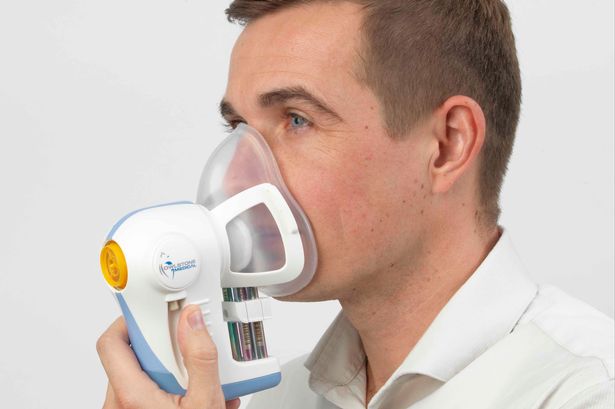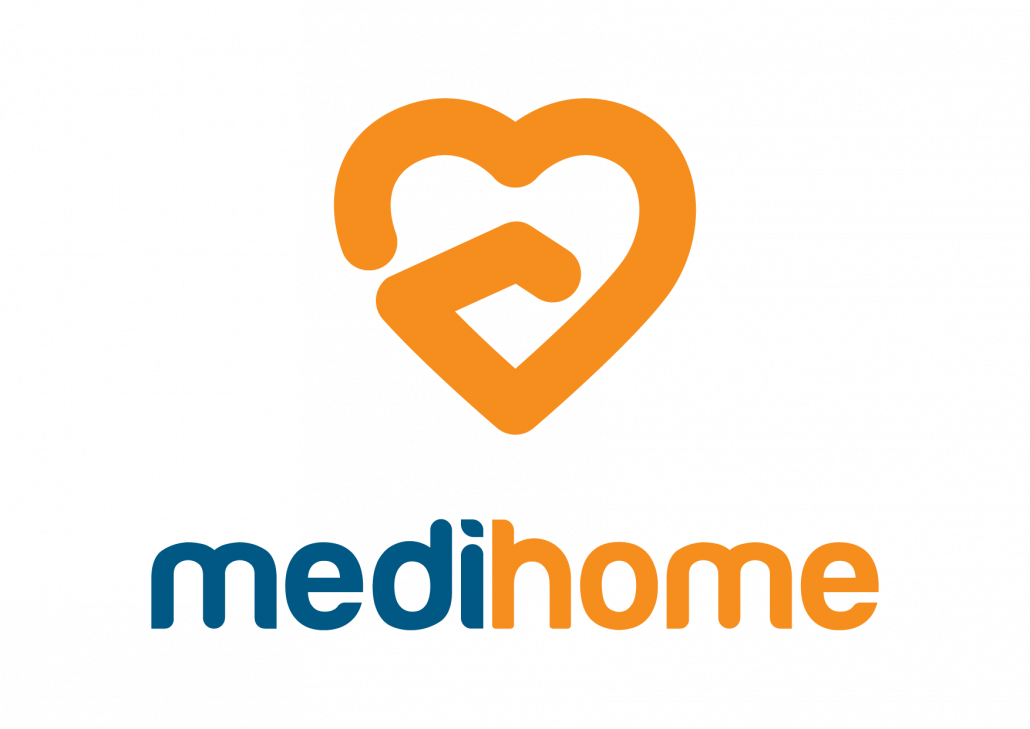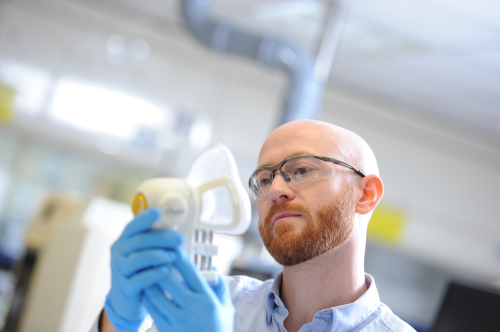Scientists have developed a breath sampler which is able to detect lung cancer at a far earlier stage than other tests, opening the possibility for quicker, more effective treatment. Could this non-invasive method become the new standard for lung cancer diagnosis?
The later cancer is diagnosed, the less treatable it is. At early stages, many cancers present with minor or zero symptoms and aren’t detected by patients. Even when they do begin to feel unwell and seek treatment, the process can be arduous – biopsies, blood tests and CT scans followed by an anxious wait for test results.

Of course, cancer is a complex collective of diseases and finding a quick and efficient test which can accurately diagnose them all isn’t going to be an easy feat. But researchers have growing faith in the ability of breath biopsies to swiftly, accurately and non-invasively diagnose cancer.
In 2016, the University Hospital of South Manchester Trust (UHSM) offered smokers and ex-smokers aged 55-74 across 14 participating GP practices a ‘Lung Health Check’. A breathing test (spirometry) was carried out on each patient who took part, alongside a discussion with a lung specialist nurse of any potential symptoms of cancer they were exhibiting and a calculation of their individual lung cancer risk. Patients judged to be high risk were invited to have an immediate low-dose CT scan.
Over 2,500 people were checked, with 46 incidences of lung cancer discovered across 42 patients. Typically, around 50% of lung cancer diagnoses are made at stage 4 of the disease, which is usually incurable, but in this study almost 90% of patients were diagnosed at a stage early enough to be offered curative treatment.
Not only do these results highlight the importance of early diagnosis for patient survival, but they demonstrate the successes clinicians can have using breath tests to diagnose disease.
Now, Owlstone Medical’s ReCIVA Breath Sampler technology is being used to measure volatile organic compounds (VOCs) through a breath biopsy to find different types of cancer. Co-founder and CEO Billy Boyle began to work towards increasing early diagnosis rates of cancer when his wife, Kate, died on Christmas morning of 2014 from colon cancer. Her diagnosis was made too late for her to benefit from potentially life-saving treatment.
Breath biopsy: the future quick and non-invasive diagnosis
The ReCIVA Breath Sampler picks up VOCs, gaseous molecules which can be sampled quickly and non-invasively from a breath sample. While previous breath tests for disease have focused largely on respiratory illnesses, VOC biomarkers are produced as the end products of metabolic processes all over the body, and so the ReCIVA aims to be able to use these to detect several different kinds of illness.
The device consists of a nose and mouth piece, which can be held up to the face or gently strapped to the head. A patient using the apparatus to seek a specific diagnosis breathes in a controlled supply of air for a minute, and their exhaled breath is stabilised in breath biopsy cartridges. It takes roughly a minute for all the blood in the body to flow around the circulatory system, so by sampling breath for this time, Owlstone Medical hopes to be able to detect even very low levels of VOC biomarkers.
The breath biopsy cartridges are then analysed by the team at Owlstone Medical, using mass spectrometry or field asymmetric ion mobility spectrometry (FAIMS) to determine their VOC profile and pinpoint any abnormalities.
Breath biopsy has a number of benefits over traditional screening methods. It’s non-invasive, meaning that should it become part of routine disease screening in future it’s likely to drive patient compliance compared to more intrusive procedures such as the cervical smear test.
Boyle says: “Breath biopsy can be pre-enriched simply by taking a longer sample so that even very low levels of VOCs, which may be present at even the earliest stage of disease, can be captured and analysed. Comparatively, samples such as blood are restricted for volume, placing limitations on the sensitivity that is achievable.”
Source: medicaldevice-network

